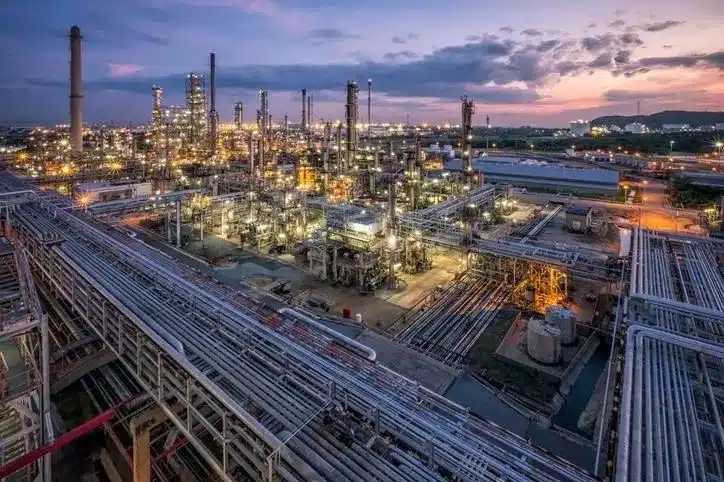Last edit: 10/07/2023

In this article we explained the methodology used for components in Low Demand mode Safety Instrumented Systems.
A component can have a very low percentage of Failure rate, but that does not mean it can reach a high level of reliability when installed in a Safety System.
The value of the random failures is just one aspect to be considered. The other one is the risk the component (a pressure transmitter in this article) can be subject to systematic failures due to the fact it was not properly designed, engineered and produced, or it is not properly maintained. The level of Systematic Capability a component has, is formalised in levels from SC 1 to SC 4.
We discussed what a Type A or Type B component is and how that limits the maximum SIL a Subsystem containing that component can reach, looking at its Random Failures and SFF level.
In any case, if a component has a Systematic Capability of SC 2, the maximum SIL level that can be reached by its subsystem is SIL 2, regardless of how many of them we connect in parallel or of the PFDavg value the subsystem reaches.